Main Content
With warmer weather comes plant growth. The most conspicuous plants in the lawn and landscape right now are winter annuals such as hairy bittercress (Cardamine hirsuta), henbit (Lamium amplexicaule), purple deadnettle (Lamium purpureum), and chickweeds (Stellaria media and Cerastium fontanum ssp. vulgare), to name a few. In lawns, these winter annuals are typically found in areas where the lawn was thin in September and October when these weeds germinated. Most winter annuals do not establish readily where the lawn canopy is dense. In ornamental beds they can be prolific unless the beds were recently mulched (which buries the seed), as there is plenty of open space and little competition from other plants.
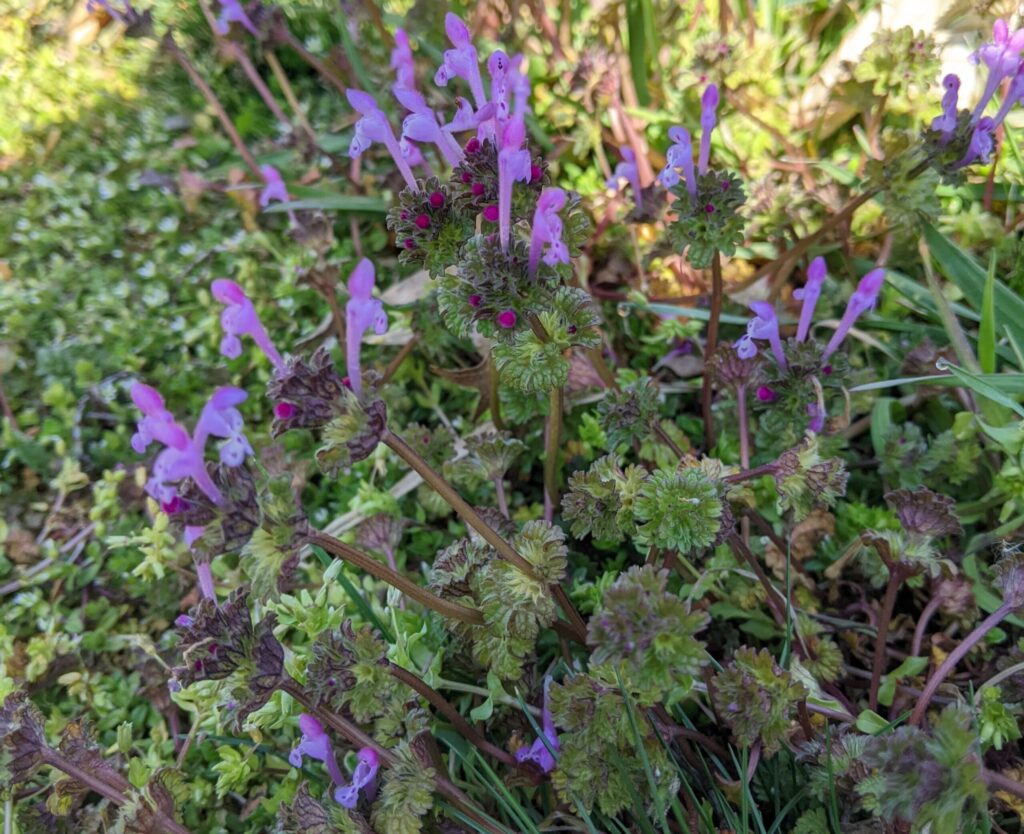
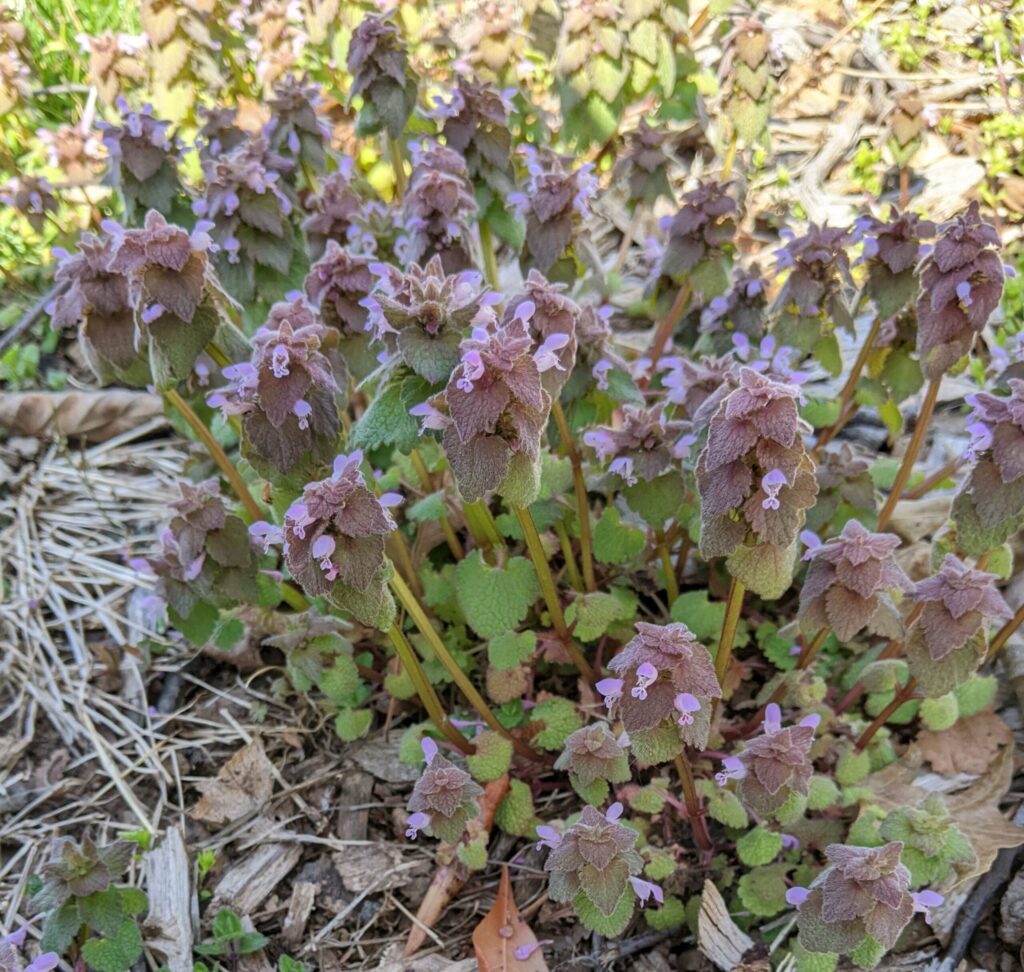
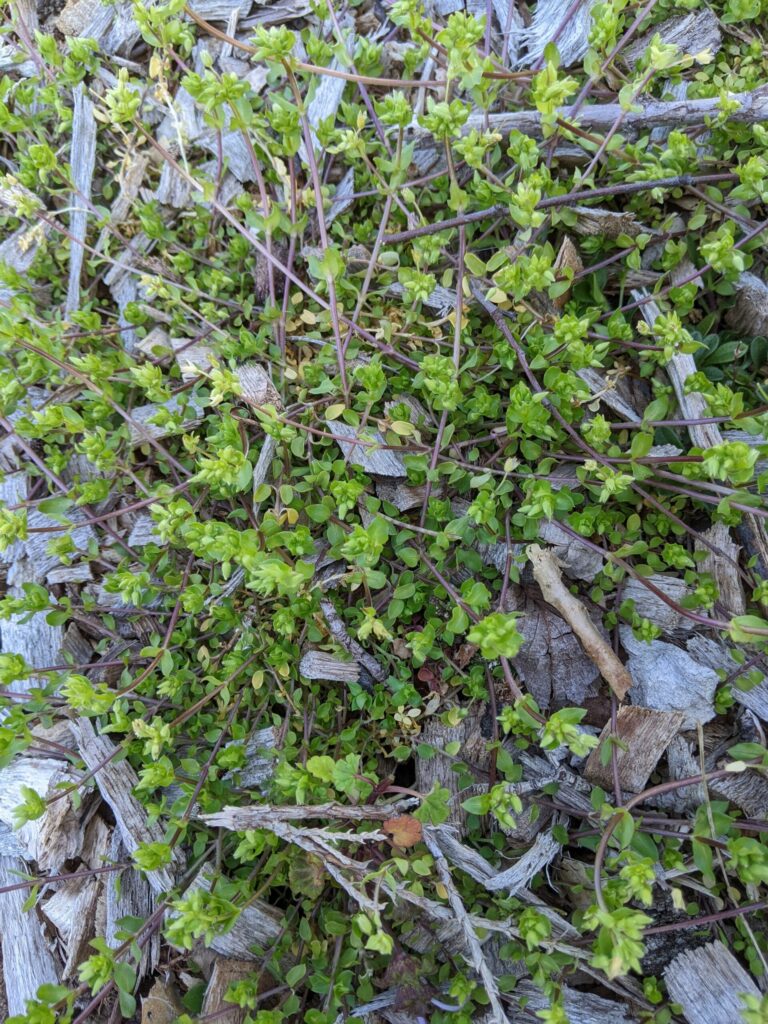
In the lawn, these winter annual broadleaf species can be easily controlled by herbicides that contain 2,4-D, MCPA, mecoprop, or dicamba. But keep in mind that these winter annual weeds are near the end of their life cycle and will be dead within 3 to 4 weeks even if no herbicide is applied. Exceptions include mouseear chickweed (Cerastium fontanum ssp. vulgare) and corn speedwell (Veronica arvensis) which can persist farther into the summer.
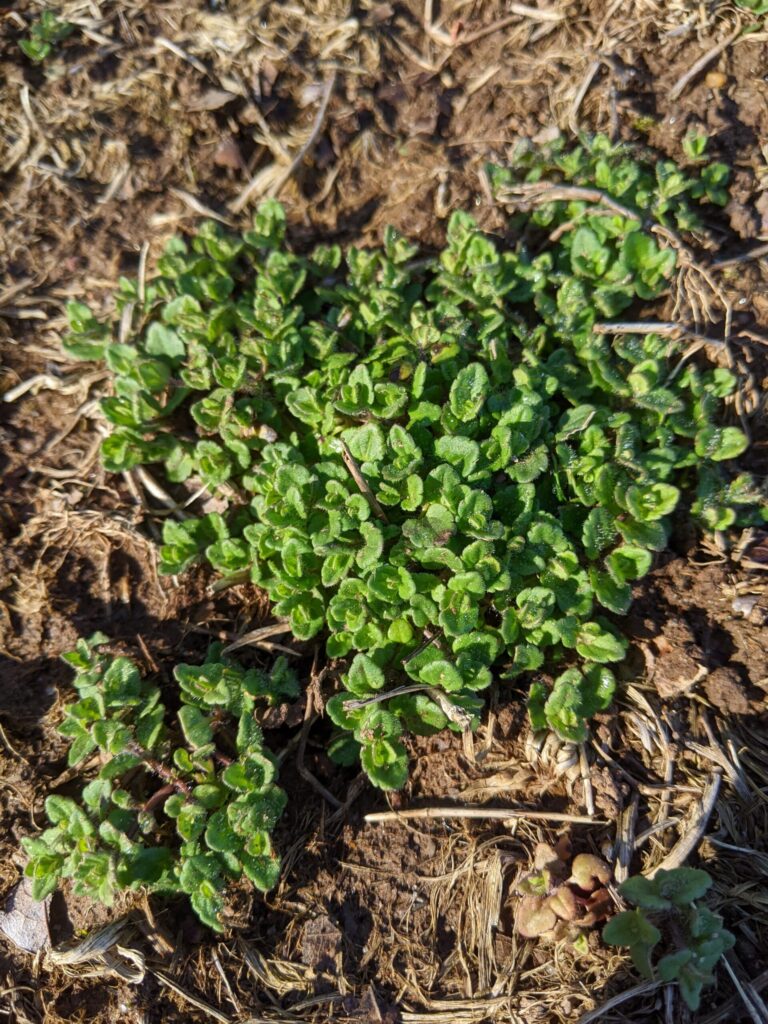
Perennials such as wild garlic (Allium vineale), star-of-bethlehem (Ornithogalum umbellatum), and lesser celandine (Ranunculus ficaria) are also noticeable this time of year. They are ephemerals that will return to dormancy within the next few weeks where they reside as bulbs for the summer, emerging again in late fall or mid-winter.
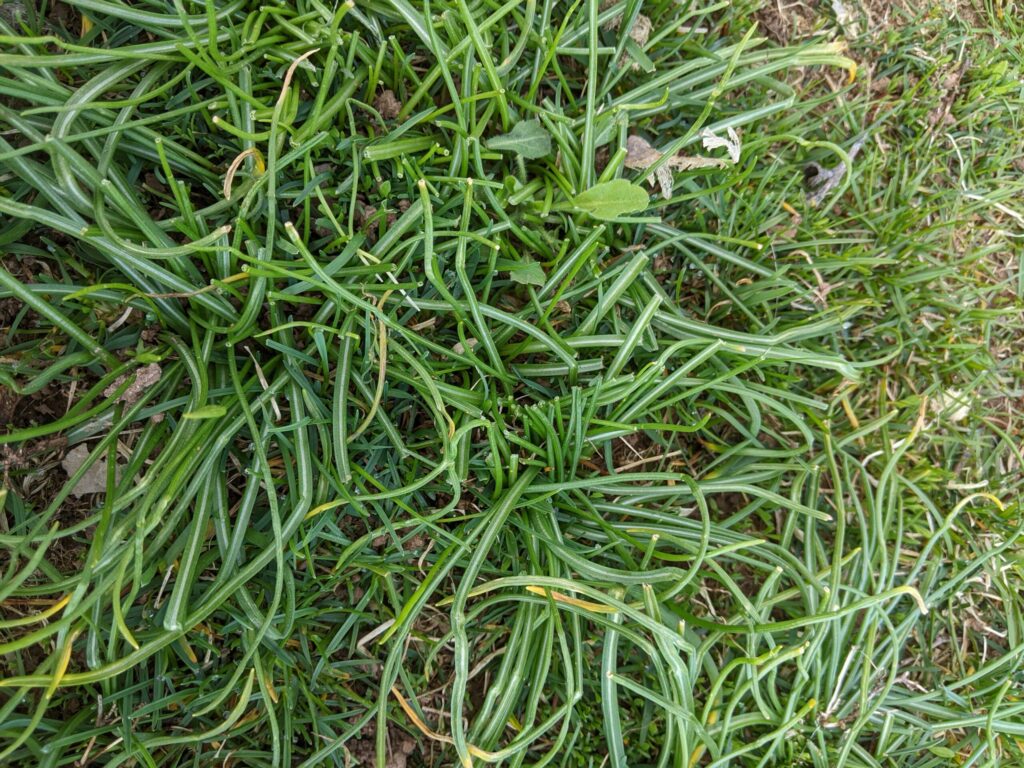
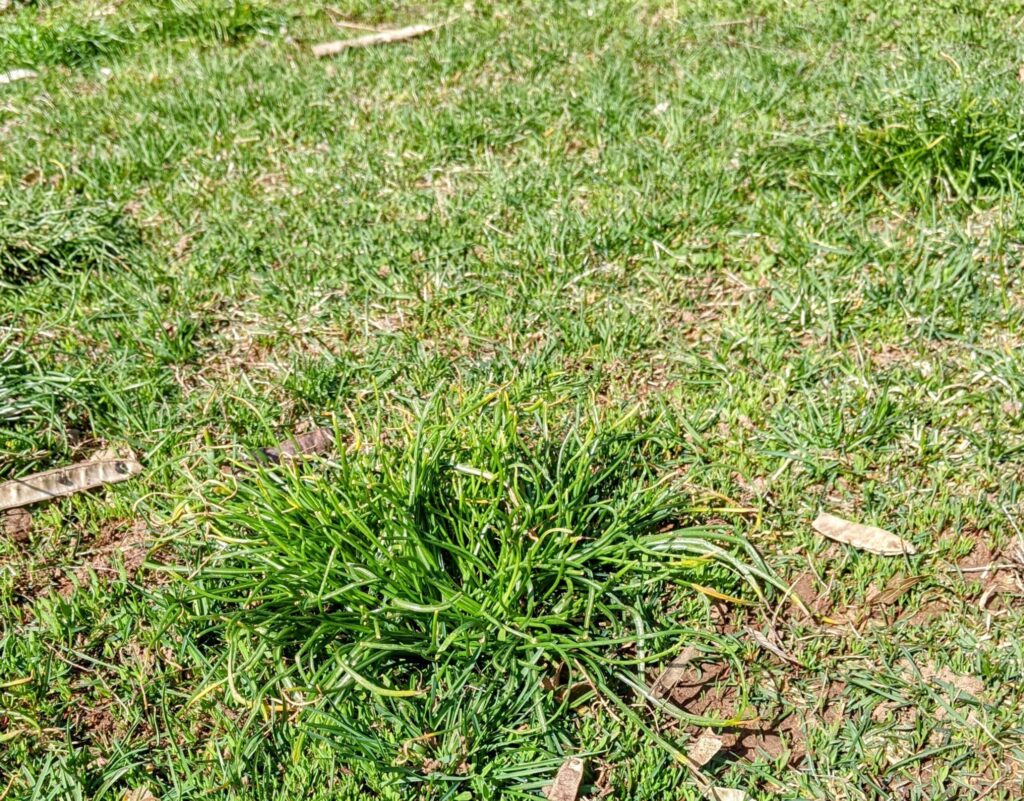
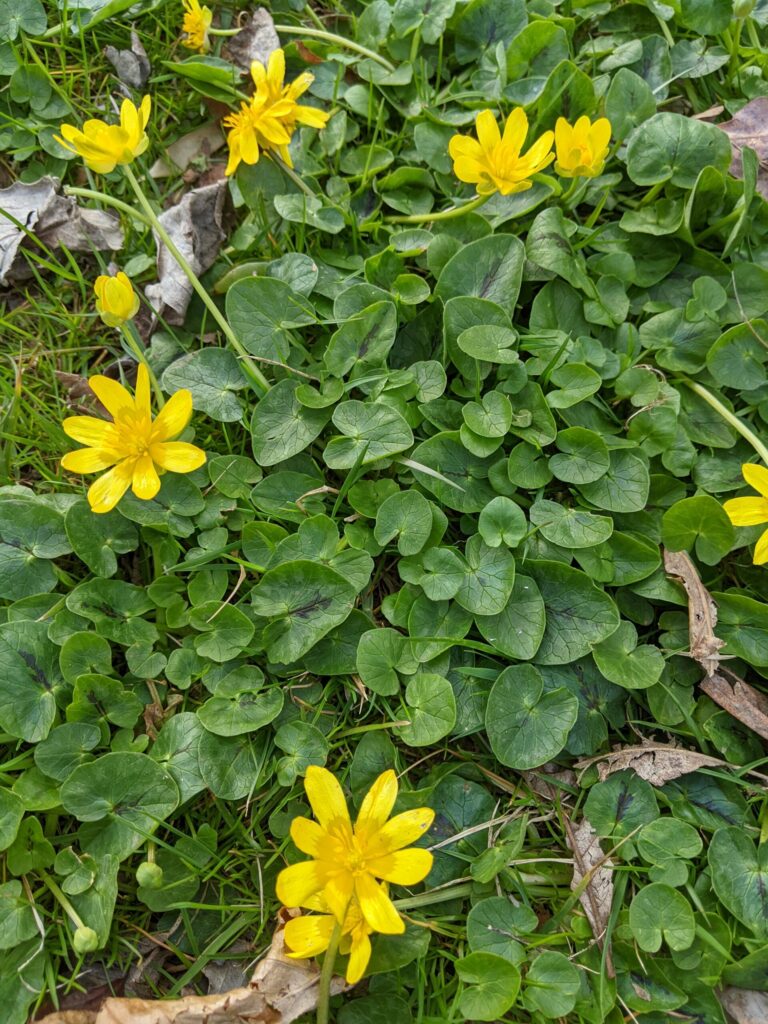
Another ephemeral winter perennial is bulbous bluegrass (Poa bulbosa). This also emerges from bulbs in late fall and is dormant all summer. It is most conspicuous when in mid spring it produces what looks like an inflorescence, but is actually a collection of bulbils (small bulbs) and not flowers. Bulbous bluegrass is occasionally widespread in extremely low input lawns, but is more commonly found in small patches where disturbance and competition from other plants is low. I commonly see this at the base of tree trunks or between the sidewalk and road.
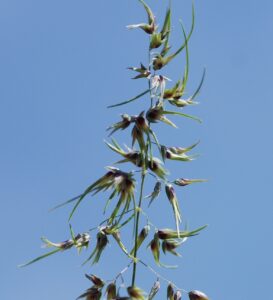
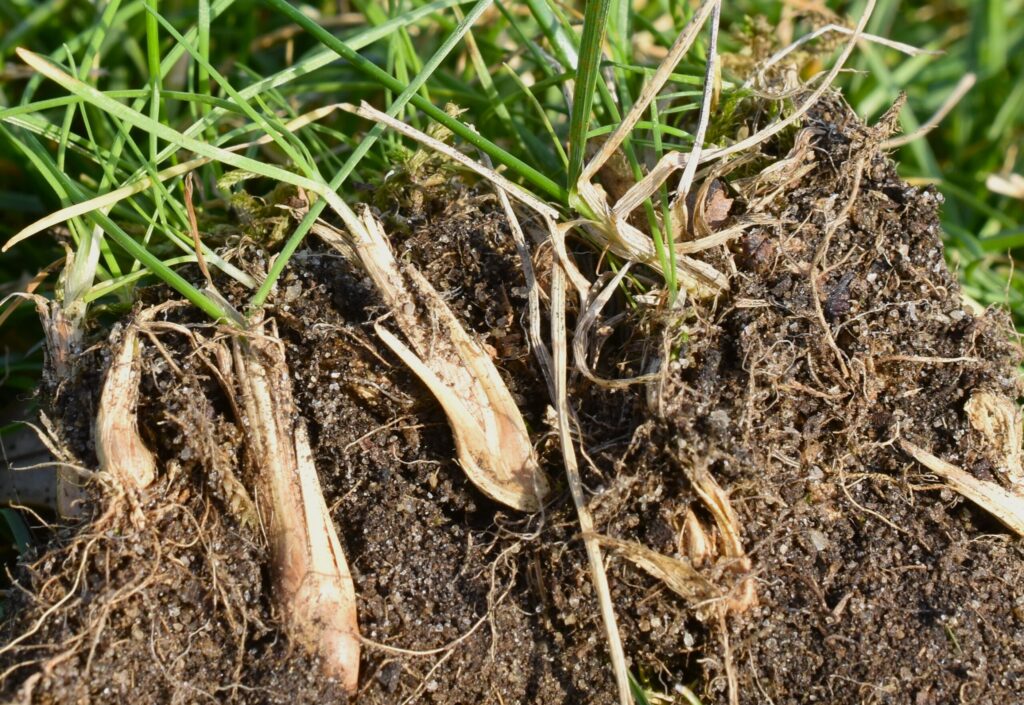
Roughstalk bluegrass (Poa trivialis) is a perennial grass that is obvious this time of year due to rapid growth and light green color. There are no selective herbicide options for roughstalk bluegrass control. Except in wet and shaded areas where it is well-suited, roughstalk bluegrass growth tends to slow by late spring and it goes dormant in summer. If it is mixed well with other turfgrass species, this slow decline to dormancy is not noticeable. For more information about roughstalk bluegrass, see this recent blog.
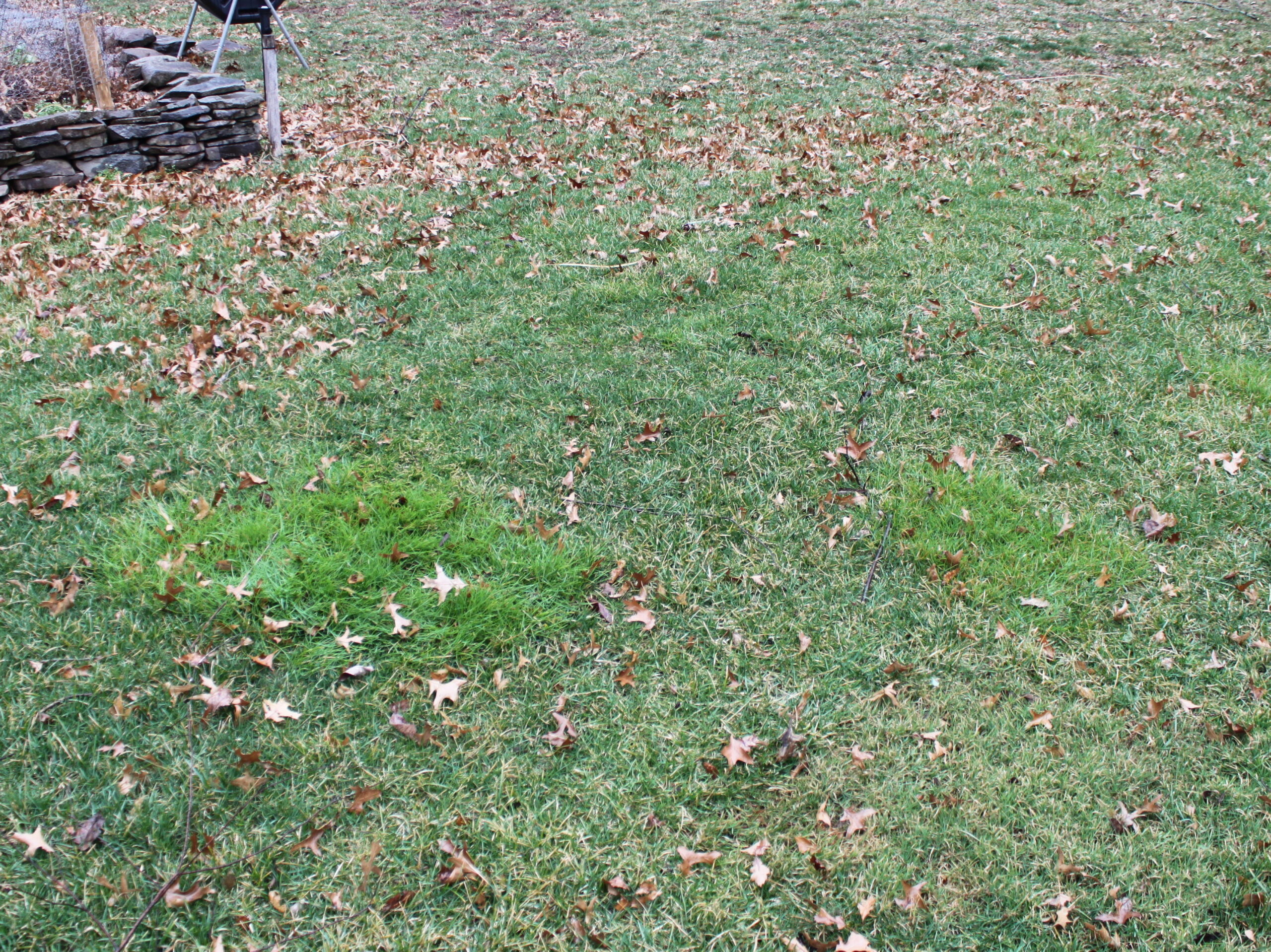
While winter annuals are nearing the end of their life cycle, summer annual weeds are just getting started. Japanese stiltgrass emergence (discussed in a recent blog) has been noted in several locations in central and southern NJ. It may be too late for preemergent herbicides to control stiltgrass. For more information on stiltgrass control, see this RCE factsheet.
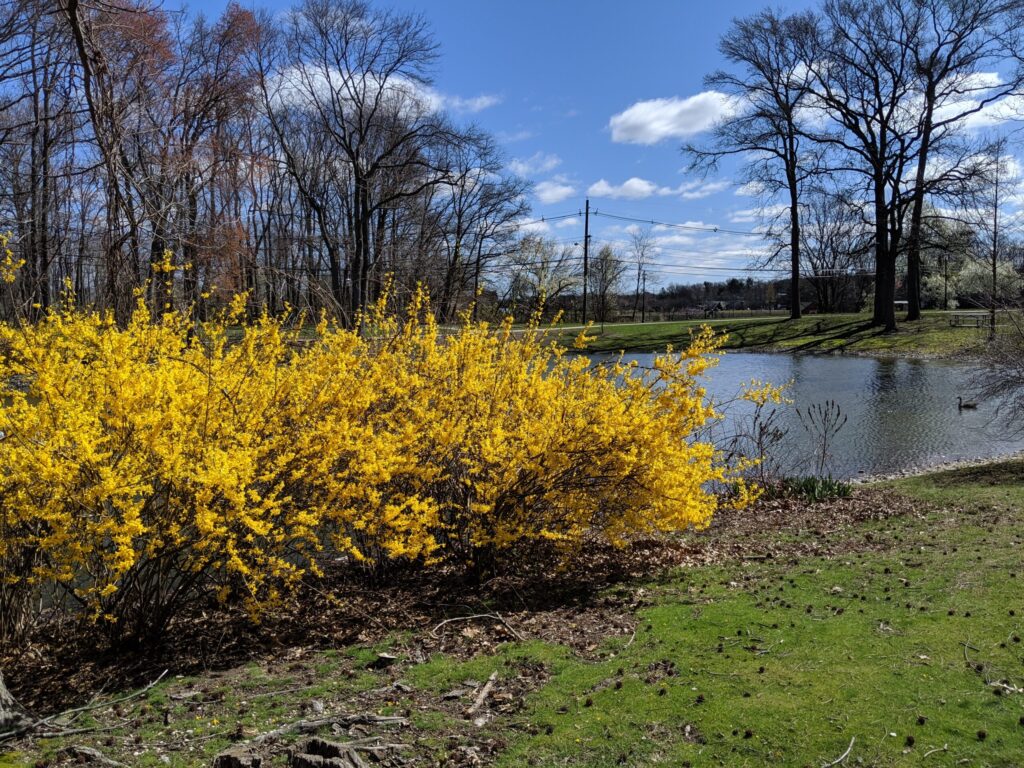
Soil temperatures and Forsythia full bloom we are now seeing suggests crabgrass (Digitaria spp.) emergence will begin within two to three weeks. Now is a good time to begin making preemergence herbicide applications. Based on what we know about crabgrass and other summer annual species, the mild winter is not likely to accelerate germination, since the seed is not active until soil temperatures are in the 50s. Other than using Forsythia spp. full bloom as an indicator, soil temperatures can be monitored, but the science doesn’t provide precise guidance on this. But as a general rule, once soil temperature consistently exceeds 55 °F at a 2” depth for at least few days, crabgrass seed germinates and emergence is often noted a few days later. Live soil temperatures can be found on the Rutgers NJ Weather Network. The 24-hr rolling average at locations we monitor in North Brunswick, NJ is between 48 and 54 degrees F, depending on sun exposure. See these links for more information on crabgrass control in the lawn for professionals, and homeowners.